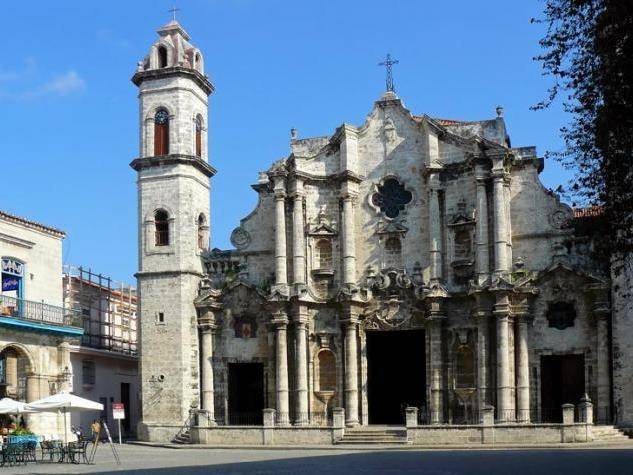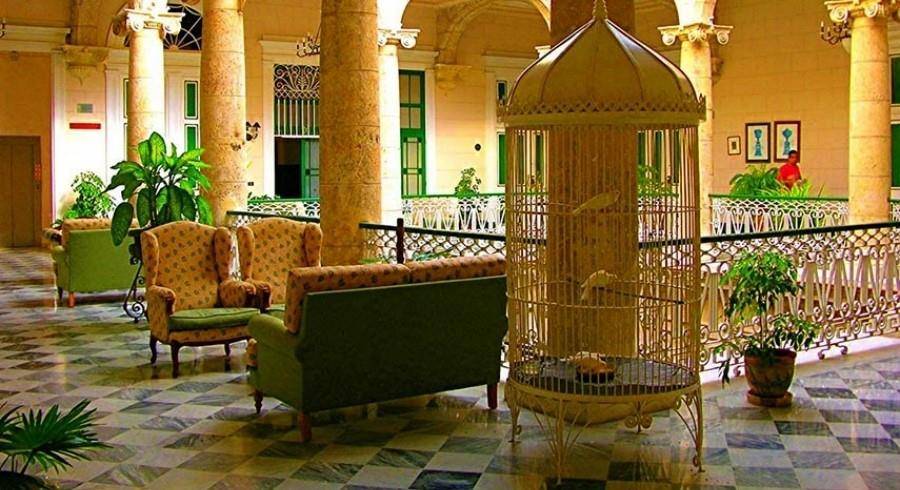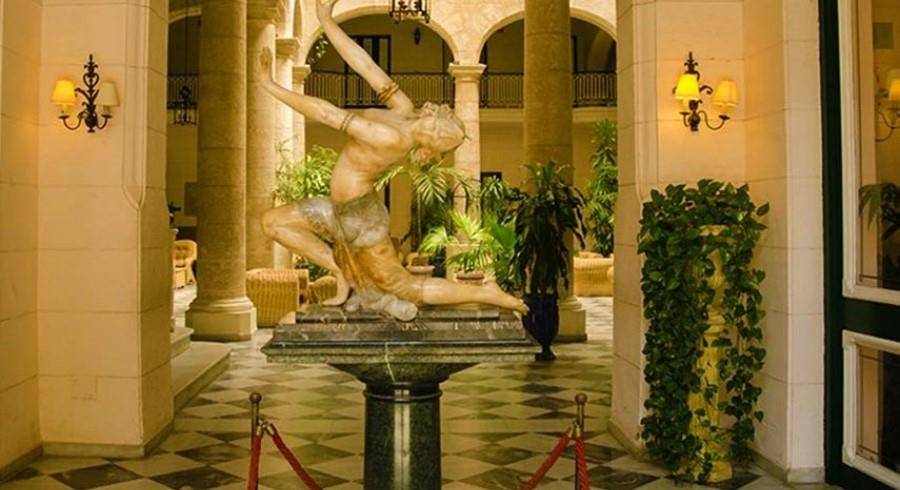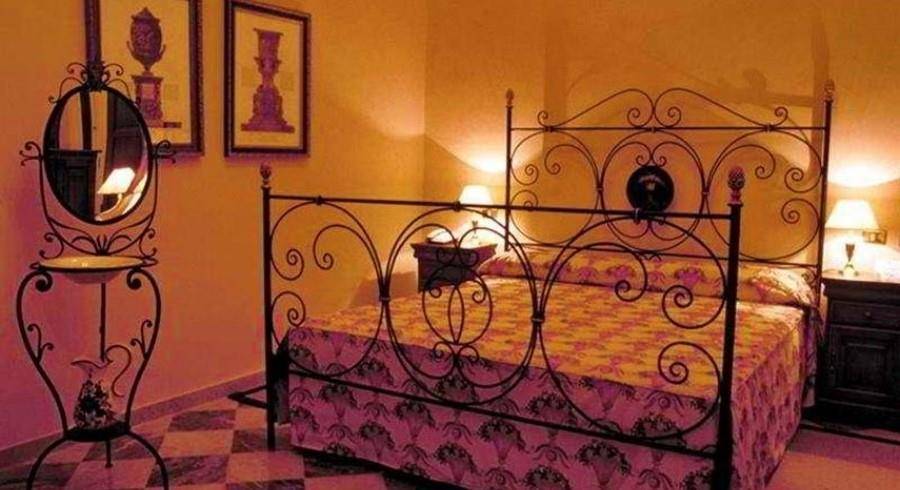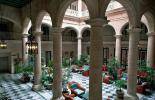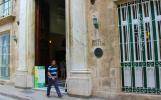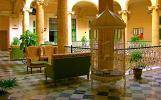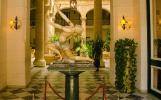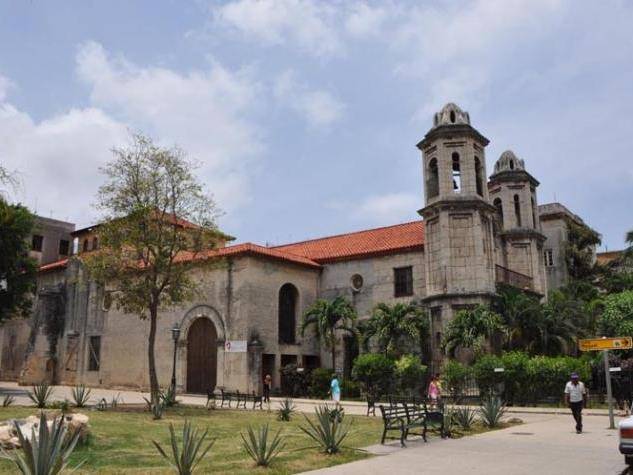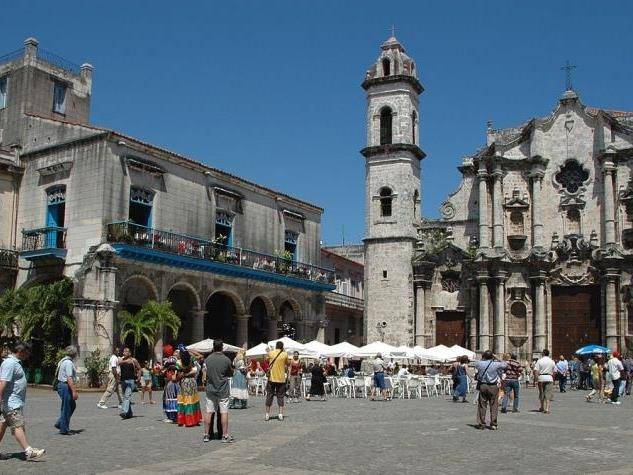About
Florida
Dating back to the 19th Century, Hotel Florida is a beautifully restored colonial hotel in the heart of old Havana. The elegantly appointed lobby, complete with stained glass window, sets the tone for a stylish hotel with a uniquely Cuban atmosphere.
Florida hotel has a restaurant & two bars, serving local & international cocktails. But beyond the delicious food & mojitos, the highlight for many guests is the atmospheric piano bar, Maragato. Whether you dance salsa, enjoy watching or just want an authentic Cuban experience, you will never forget Maragato. The bar is popular with salsa lovers across Havana & stepping inside is like walking into a classic Latin postcard.
A fun night of salsa builds an appetite & you will find everything you need in the delicious continental breakfast buffet. Then wile away the hours relaxing in the courtyard, complete with sliding glass roof so you can sit outside whatever the weather. With 24-hour reception & even a souvenir shop for last-minute gifts, not to mention the fabulous Maragato bar, Hotel Florida can provide a memorable Cuban experience.
